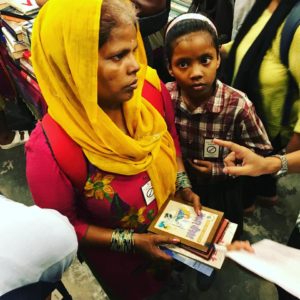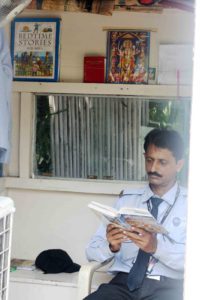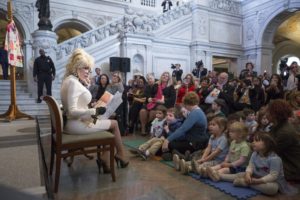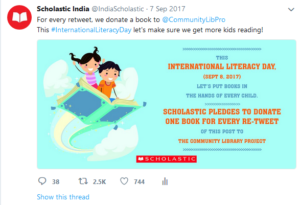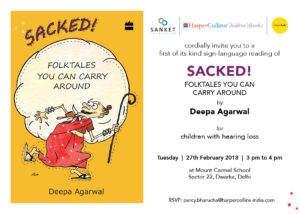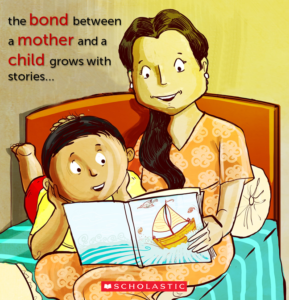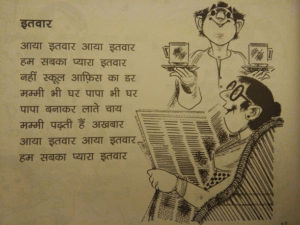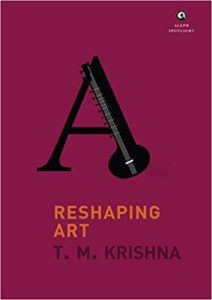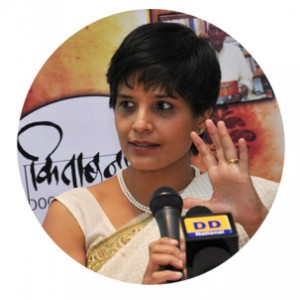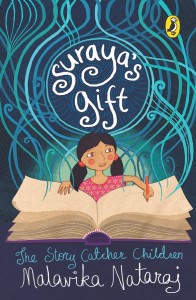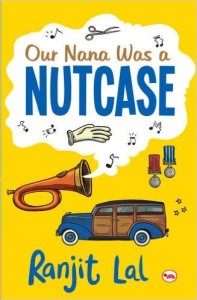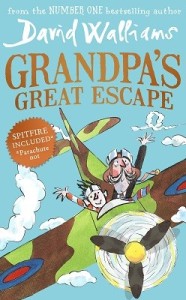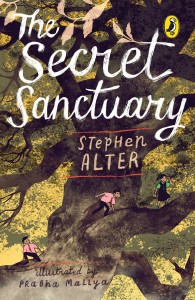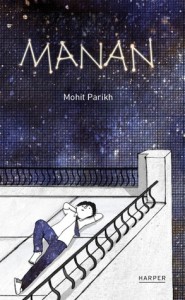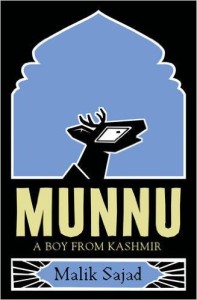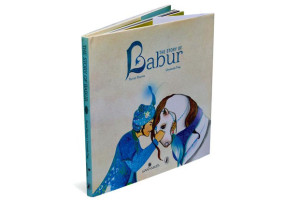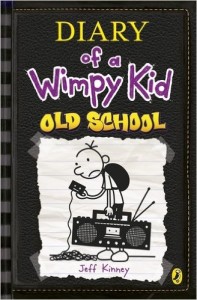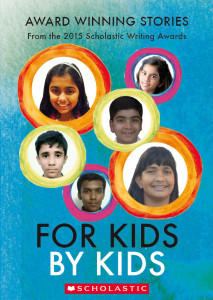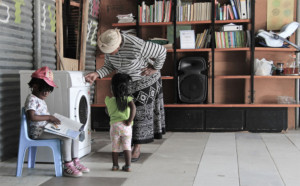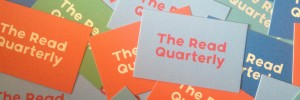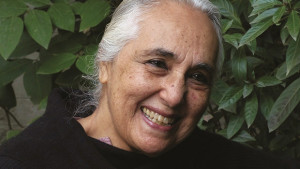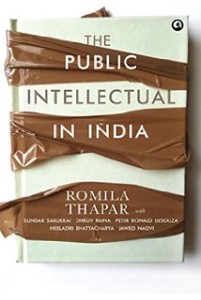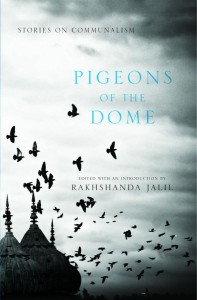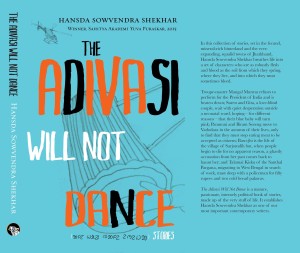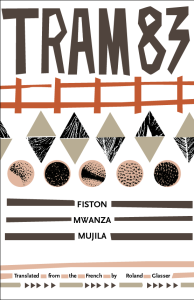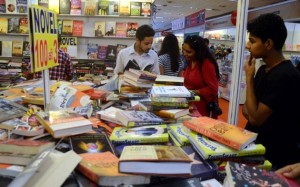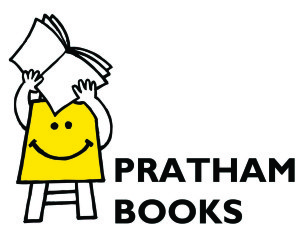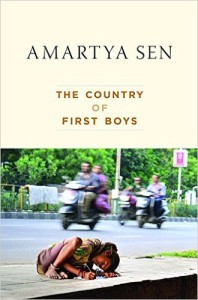Good Lit Versus Saleable Lit
Over a decade ago I did a regular column for Business World. It was on the business of publishing. Here is the original url.
*****
Some of my happiest childhood memories are sitting curled up in a chair and reading. I read and read. I bought books, I was gifted books, I inherited books. My brother and I browsed through encyclopaedias, books on art and museums, read fiction, non-fiction, and anything else in between. Call it by any name, but the pleasure of holding and reading a book was tremendous. In fact one of the canvases I painted was of my brother reading a Leslie Charteris “Saint” novel, borrowed from the library its red jacket visible while he lies on the bed absorbed in reading. We read voraciously. We read whatever came our way. I don’t recall anyone telling us that books were strictly by age or category. We liked a good story. Period.
Today it is different. In June 2013 award-winning German writer, translator and Publisher at Carl Hanser Verlag, Michael Krüger, said in Publishing Perspectives, the daily e-newsletter on publishing, “I only know there are good and interesting books, and bad ones. …Since book publishing became a mass-market business, the quality level is constantly sinking. But there are still very good books around, in every country! The problem is that people can’t get them because they are hiding.” Publishers are increasingly more careful about commissioning titles and work a great deal on the packaging and promotion of the books. Always with an eye on the market, reaching out to the regular customers and trying to connect with new readers. For instance titles for children are being classified according to age, to make it easier for customers to find authors.
New imprints are being launched especially for young adult literature (it is a booming market segment) – Inked (Penguin Books India), Red Turtle (Rupa Publications), Duckbill (Westland) and Scholastic Nova. The idea is to always have a pulse on the market. Some of the genres that are popular are commercial fiction, children’s literature, non-fiction, self-help, business and then there are new lists appearing – young adult/ tweens, cross-over titles, and speculative fiction.
Jaspreet Gill, a marketing executive who wandered into the industry a year ago, (and the publishing bug has bitten him) says “It is not an industry for the most part driven by Editorial (I thought it was), or the quality of content. The whole trade is driven by sales. The worth of a book is judged by how well it can be sold, or how much the author can spend and how well he can be utilised for marketing. This is also, with all due respect to them. They are smart salesmen, but that is all that they are, selling commodities, not presenting ideas, ideologies, and good literature. I sincerely believe that the reason for success of the authors of commercial fiction is not the quality of their content, but the price of the book, and visibility they are able to get at the retail stores. They are also clever marketers, and know how to sell their products to people.”
Somak Ghoshal, former literary fiction commissioning editor with Penguin Books, acquired some fine literature (Chitra Bannerji Divakurni, Anjan Sundaram, Neamat Imam and Shazaf Fatima Haider) says, “Commercial fiction sells. The print runs are staggering. The success of these titles allows the firm to acquire literature that in turn develops the brand of the firm. It is a symbiotic relationship.”
It raises the (eternal) question of what is good literature? What sells? And why? Does good literature equal saleable literature? Naveen Kishore, Publisher, Seagull Books, Kolkata (with offices in New York and London), offers an explanation “Like everything else, we need to question the ‘market’. After all, it cannot exist in a vacuum. To put it another way: without content — largely implying the labour of the author, the effort of the publisher and all the other players including the vital function that a translator plays — where would the market be? What would it ‘showcase’? What would it sell? And let us make no bones about the fact that ‘content’ is not simply and only about a certain swiftly ‘saleable’ kind of book. It is also about the arts and literature and culture and philosophy and thought that go into making us human. Again if we persist with our interpretation of what the market wants we will end up by not publishing 90 per cent of these subjects. What kind of a future will that be? It is in this context that the market has a responsibility and a proactive role to play. ‘It’ (the market) cannot be lazy about this and merely sit back and expect only the books that make the grade according to ‘its’ standards be accepted! The market has to learn to cater, feed, nurture tastes for literature that do not necessarily extend to the millions . . . always remembering that the first Kafka text only sold 800 copies! If the market had behaved as it does now we would never have had a Franz Kafka! It is in this context that I suggest that the market needs to find you.” Sterling Lord, literary agent to Jack Kerouac, Ken Casey, Gloria Steinem, and Berenstains reports in his memoir Lord of Publishing of Ted Geisel, editor, Random House who published the Berenstain bear stories that he insisted on the story being a page-turner. But it “wasn’t only the story that Ted focused on; he cared about the title page, the type, the paper, every phrase, every word, every rhyme, and every drawing.” The intervention of the editor created a book that would sell and launched a new author into the market. By March 2009, nearly fifty years after publication, The Berenstain Bears Go to School had sold 3,520,554 copies in North America alone.
Of course the notion of what constitutes “good” literature is subjective but it is obviously a challenge that plagues the industry worldwide. Is it literature that is fine, complex, well-crafted and tells a good story that will survive over a period of time or is it literature that sells phenomenally well and caters to the mass market? Can literary tastes even be defined? Eric Hobsbawm says it well in Fractured Times: Culture and Society in the Twentieth Century, “… much good new writing is published that would never pass the profit threshold set by the accountants, because of non-market decisions.” No one really knows. Is it the author that creates a market with their storytelling or does the market create an author? Publishing continues. New authors are discovered. New readers emerge. The cycle continues.
As I file this column, it is announced that Penguin Books India has signed a two-book deal worth an estimated Rs 1.25 crore (approx $210,700) with Ravi Subramanian, popularly referred to as the John Grisham of banking. This follows close on the heels of Amish Tripathi, of the Shiva trilogy fame, who has inked a deal worth Rs 5 crore (approx $843,000) with Westland for his next series.
15 Jan 2021

